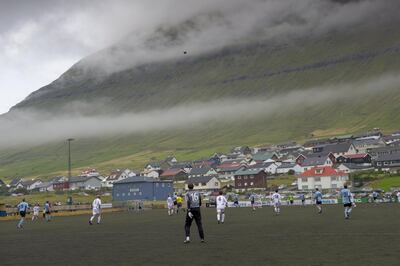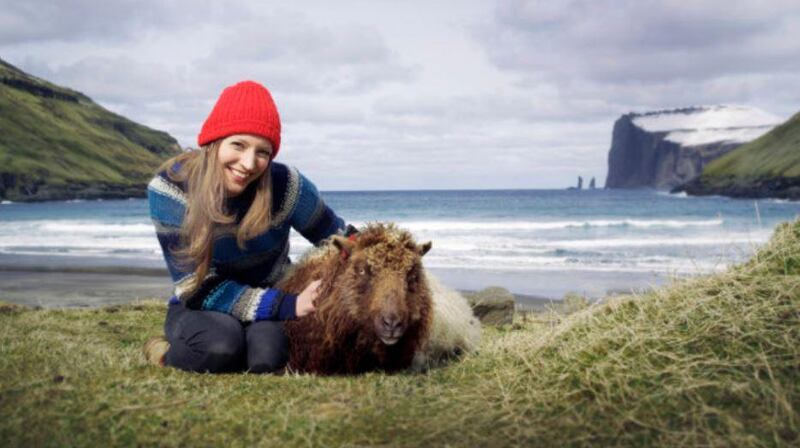The Faroe Islands, a remote Danish archipelago in the North Atlantic, have succeeded in being featured on Google Street View, thanks to an innovative campaign involving the islands’ sheep.
Islander Durita Andreassen started the Sheep View campaign, petitioning Google by creating her own version of the mapping system.
Using the Islands’ many woolly inhabitants, who outnumber humans living on the picturesque archipelago, Ms Andreassen strapped solar-powered 360-degree cameras on the backs of sheep in order to collect images that could be uploaded to Google Maps.
Impressed by the Sheep View project, Google provided the Faroese with the help of the tourist board with a Street View Trekker and 360-degree cameras so that they could assist the sheep in their important work.
_______________
Read more:
[ Google launches 360-degree view of Dubai landmarks for UAE National Day ]
_______________
Residents as well as tourists began capturing the beauty of the islands using selfie sticks, bikes, backpacks, cars, kayaks, horses, ships and even wheelbarrows.
One year later, Google Street View now includes the Faroe Islands, allowing internet users across the globe to explore the varied landscape of the 18 islands, which lie 320km north of mainland Scotland.

“It’s our mission to make the farthest corners of the world accessible through Street View in the palm of your hand. But there’s a lot of world out there, so sometimes we need a little bit of help to hoof the distance,” David Castro González de Vega, Google Maps Program Manager said.
“Now, thanks to Durita and her trusty sheep, you can explore the Faroe Islands in Google Maps. It goes to show - if there’s a wool, there’s a way.”
Not stopping there, the tourist board’s next campaign is to get the Faroese language to be included on Google Translate. Spoken by fewer than 80,000 people worldwide, the Faorese tourist board want visitors to be able to immerse themselves in the culture by learning key words and phrases.
The board hopes that Faroese Islands Translate- its own version of the tech giant’s service- will be as successful a campaign as Sheep View in getting noticed by Google.







